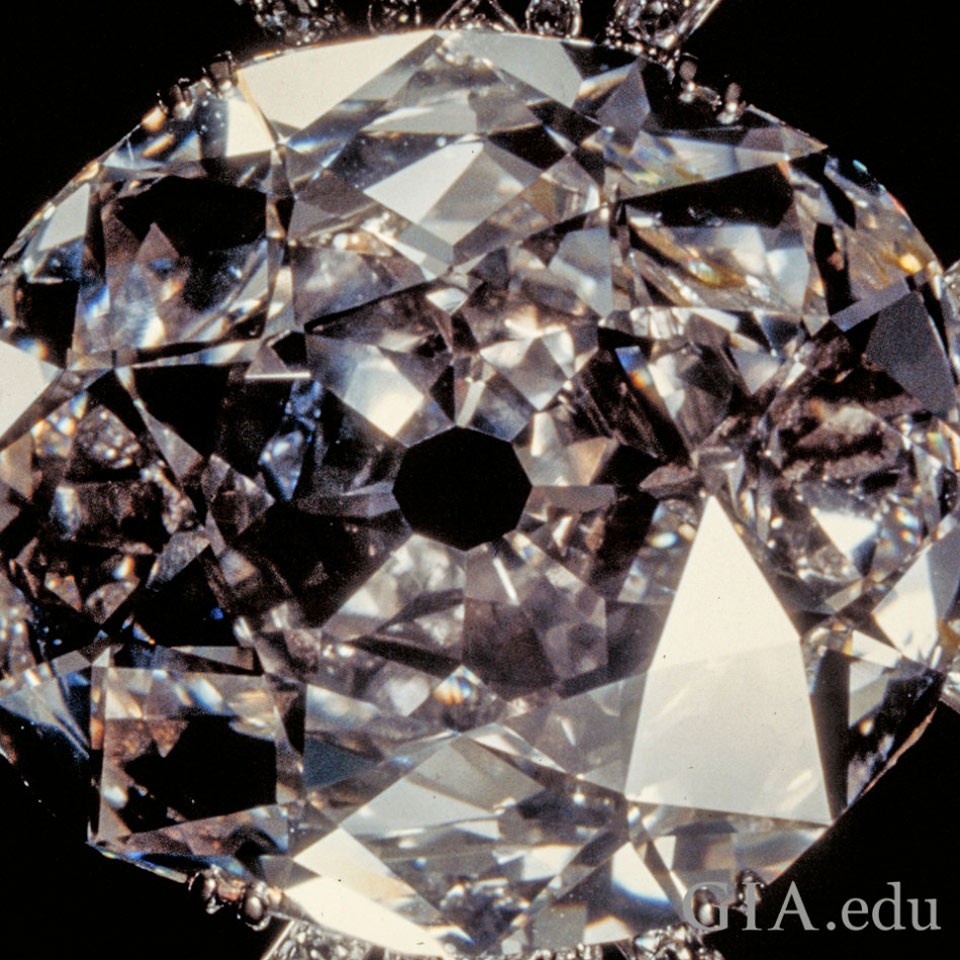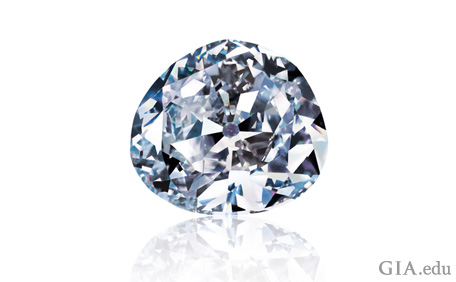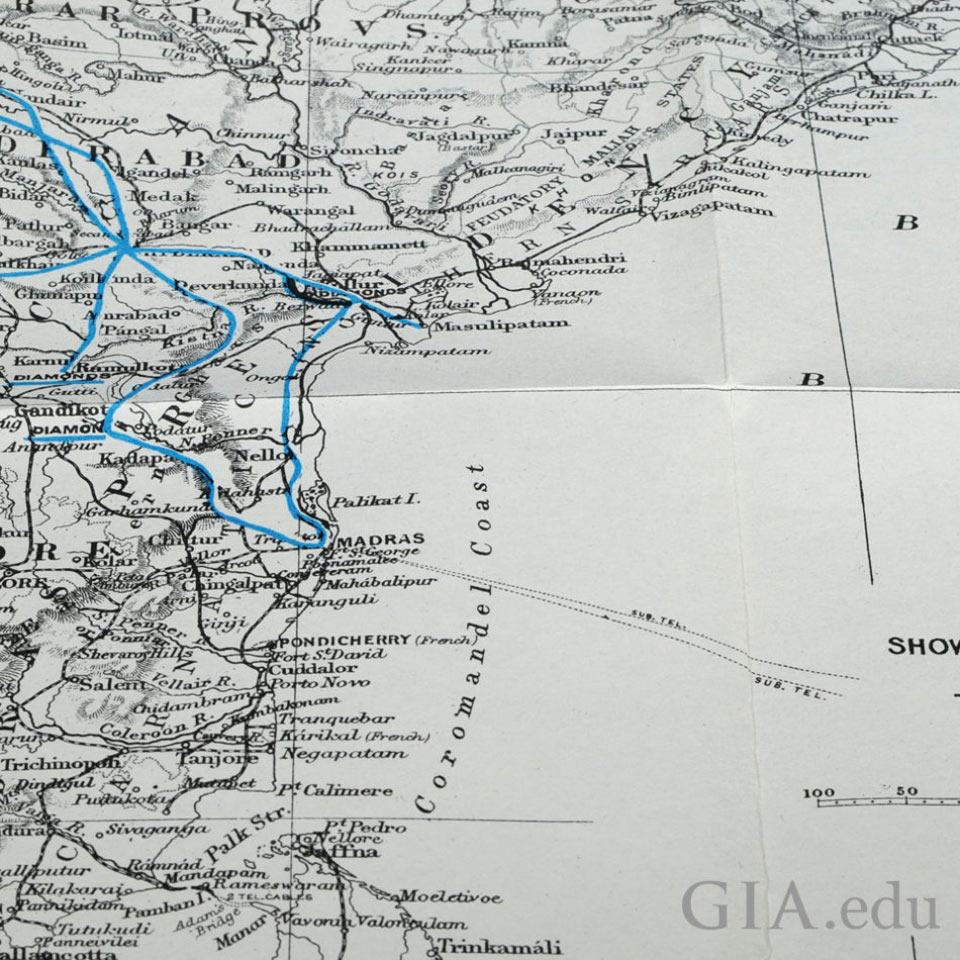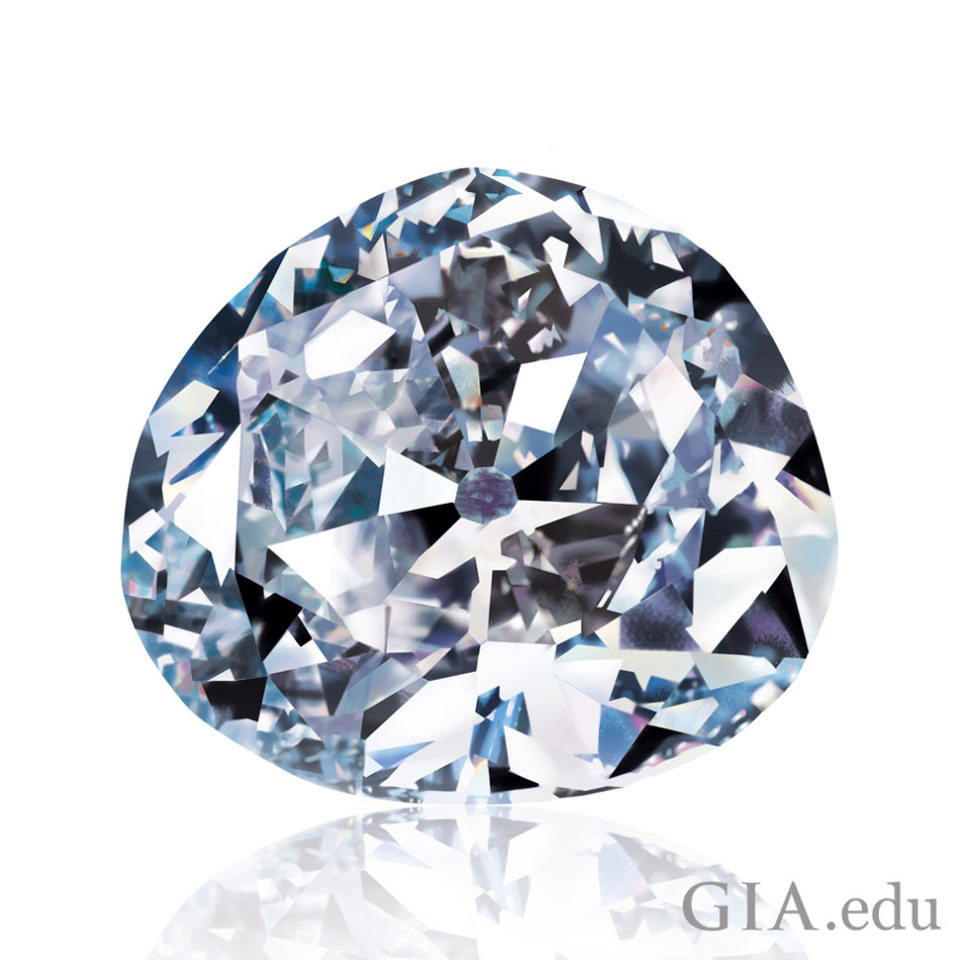For nearly two thousand years, the word Golconda has conjured images of wealth, prosperity, and most importantly, diamonds. Did you know some of the most famed diamonds and gemstones originally hail from the Golconda region of India, today known as Hyderabad? Famous diamonds from this area include the Hope Diamond, Koh-i-noor, Idol’s Eye, and many more.
Take a closer look at the history of the region and famous, gorgeous diamonds that come from Golconda.
History and Location
The ruins of the ancient Golconda Fort lie about 11 kilometers from the city of Hyderabad in southern India. Originally constructed in the 12th century on a granite hill over 400 feet high, the Golconda Fort rose to prominence in the 16th century as the capital of the Qutb Shahi dynasty, only to fall under conquest by the Mughal Empire in 1687. The fort was a massive granite fortification housing a royal palace, treasury, mansions of nobility, and a bazaar where diamonds were traded.
Diamonds have been known in India since the 4th century BCE or earlier. In the 13th century, Marco Polo mentioned diamonds in his manuscript detailing his travels. Jean Baptiste Tavernier, the famed jeweler and traveler, wrote extensively about this area in his journal. Published as a two-volume work in 1676-1677, his Six Voyages provided vivid and compelling descriptions of the exquisite diamonds he saw there.
The original Golconda diamond mines were located outside of the fort, but within the territories of the Kingdom of Golconda. They comprised an area about 210 miles long by 95 miles wide. During the period of the 16th through the mid-19th century, there were roughly 20 mines in operation.Mining diamonds was difficult and arduous. Reports from the time period described different methods depending on terrain and area including tunneling and open pit mining.
The mines ceased most production by the early 20th century – but the Geological Survey of India periodically utilizes modern equipment and new exploration techniques in the area to discover if there are any diamonds to be extracted.
Famous Diamonds From The Golconda Region
Many famous large diamonds came from Golconda, like the Dresden Green and the Wittelsbach-Graff. Diamonds with documented histories that date to before the discovery of diamond deposits in Brazil are likely from Golconda, and their cut and shape may further indicate origin. They are typically cushion, oval, pear, marquise, but there are other shapes as well.
Another possible identifying characteristic of Golconda diamonds is their diamond type, which is directly related to color. Diamonds from the Golconda region tend to be type lla diamonds – quite rare since only two percent of all diamonds fall into this category. Type lla diamonds have no measurable nitrogen or boron impurities and because they are so pure, they transmit UV and visible light that type I diamonds block. Colorless type lla diamonds are exceptionally transparent. As was the convention of the time, a diamond’s color or transparency was described in comparison to water. Tavernier described Golconda diamonds as the first water, perfect water, beautiful water, etc.
Colored diamonds, like pink, can be type I or type II. The majority of blue diamonds are type IIb, and are also nitrogen-free and owe their color to traces of boron.
Even though diamond production in the region has ended, we are fortunate that some of the diamonds unearthed so long ago are still will us. In addition to their breathtaking beauty, many carry fascinating histories, as they changed hands and traveled continents through the centuries. Here are a just few for your browsing pleasure:
Koh-i-noor
Koh-i-noor is one of the most celebrated Indian diamonds and perhaps the best-known. A modified oval brilliant cut, the 105.60 ct diamond is set in Queen Elizabeth the Queen Mother’s Crown. This is the name of the platinum crown that was designed for Queen Elizabeth, consort (or wife) of George VI, to wear at the Coronation of her husband in 1937. The Koh-i-noor is now on display in the Tower of London.

The 105.60 ct Koh-i-noor diamond, set in the front of Queen Elizabeth the Queen Mother’s Crown. Photo: Kenneth Scarratt. Courtesy: The Gemmologists, the Crown Jewels.
Le Grand Condé
Le Grand Condé has also been referred to as Condé and Condé Pink. This 9.01 ct pink pear-shaped diamond from the Golconda region of southern India is on display at the Museé de Condé in Chantilly, France.
The Golconda ‘D’
The Golconda ‘D’ is a 47.29 ct round brilliant cut, D color, Flawless diamond that is said to have originated in the Golconda region. Acquired by Laurence Graff, Graff Diamonds, in 1984, the early history behind this famous diamond remains a mystery.
The Idol’s Eye
The Idol’s Eye is a 70.20 ct Very Light blue diamond that has been described as being between and round and a pear shaped brilliant cut It is believed to have originated from the Golconda region.Another famous blue diamond from Golconda is the Hope Diamond.
While the Golconda mines are no longer producing, the stunning diamonds from this area continue to radiate the fortune and legend of the region. See more Famous Diamonds on our blog, like the Portuguese, the Jubilee, and Granny’s Chips (Cullinan III and IV). And if you want to learn more about where diamonds come from, read the other installments in our series: Diamonds on Location: Canada and Diamonds on Location: Lesotho.



